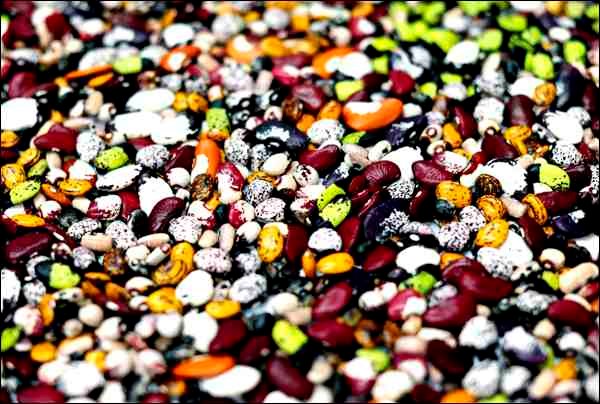By the time this goes to print, I'm hopeful that no more snow has fallen and that the big melt has at least begun. This is the perfect time to start getting ready for the year ahead - it's what I consider the twilight time between winter and spring that can last as little as a week or two and as long as a month or more. This winter has already dragged on far too long, so who knows how long we have before we're in the full swing of things.
Here are a few activities to keep you occupied if you're chomping at the bit to do some gardening:
Equipment maintenance: get your lawn mower and rototiller tuned up now to avoid the rush. While you're at it, have the mower blades sharpened. Sharp blades damage the lawn less, promoting healthy lush growth.
Tools: clean your hand tools, remove rust and sharpen. Use an axe file to put a new edge on your shovels and hoes. For tools like pruners that require a finer edge, use a sharpening stone.
Lawn care: there are a couple of issues here. First there is the chance of snow mold. As daytime temperatures rise, snow mold grows just under the snow layer, feeding off the grass. Severe infestations can kill patches of your lawn. As a homeowner, your best bet is to rake out the snow as it becomes more manageable. This speeds up the thawing process and physically disturbs the mold. Wear a dust mask to avoid inhaling mold spores if you're susceptible to breathing issues. Take care not to damage the sod with overly vigorous raking. The second issue, especially in a year like this, is standing water. Standing water for more than a week or two is a problem not just for lawns but also trees and perennials. If you can, direct the water away from your yard with a ditch or pump it out to the street.
Tree and shrub care: before your trees and shrubs leaf out, remove dead, damaged, rubbing or diseased wood. In the case of overgrown shrubs, remove up to one third of the oldest branches (thickest stems with darkest brown bark) to rejuvenate. If you've had trouble in the past with aphids, leaf rollers, mites or scale insects, consider spraying your woody ornamentals with a horticultural or dormant oil spray before leafing out to control the problem. Horticultural oil is a fairly benign product, working by literally suffocating the eggs or overwintering insect stage rather than by killing with a toxic substance.
Perennial care: after the snow has gone and the beds are somewhat dry, cut back your perennials and remove dead and decaying leaves. You can put the organics in the compost provided they weren't diseased last year (e.g. don't compost hollyhocks if they were infested with rust). You want to get this done before new growth starts; ornamental grasses and chives are especially early growers.
Mulch: apply fresh compost or other organic mulch to preserve soil moisture and moderate soil temperatures during the growing season.
Seeds: order or purchase seeds for the upcoming season. It's not too late to start seeds such as peppers. Hold off on tomatoes: they only need a 4 or 5-week head start.
Vegetable garden: As soon as the soil is dry enough, rototill your garden to loosen and warm the soil. This will also bring overwintering pests and weed seeds to the surface to dry out or get picked off by our feathered friends. But if you rototill when it is too wet, you will end up with compacted soil - and a muddy mess. Consider adding organic matter like well-rotted compost or manure. The common wisdom of waiting until the May long weekend to seed or transplant seedlings applies to tender or chilling sensitive plants like tomatoes, peppers, beans, cucumbers, corn, potatoes and the like. What you can plant as early as mid-April in some years (maybe not this year with all the snow still about) are peas, carrots, spinach, beets and radishes for an early harvest.
This should keep you busy now for the next month or so. Happy spring!
- This column is provided courtesy of the Saskatchewan Perennial Society (www.saskperennial.ca; email: [email protected]).




